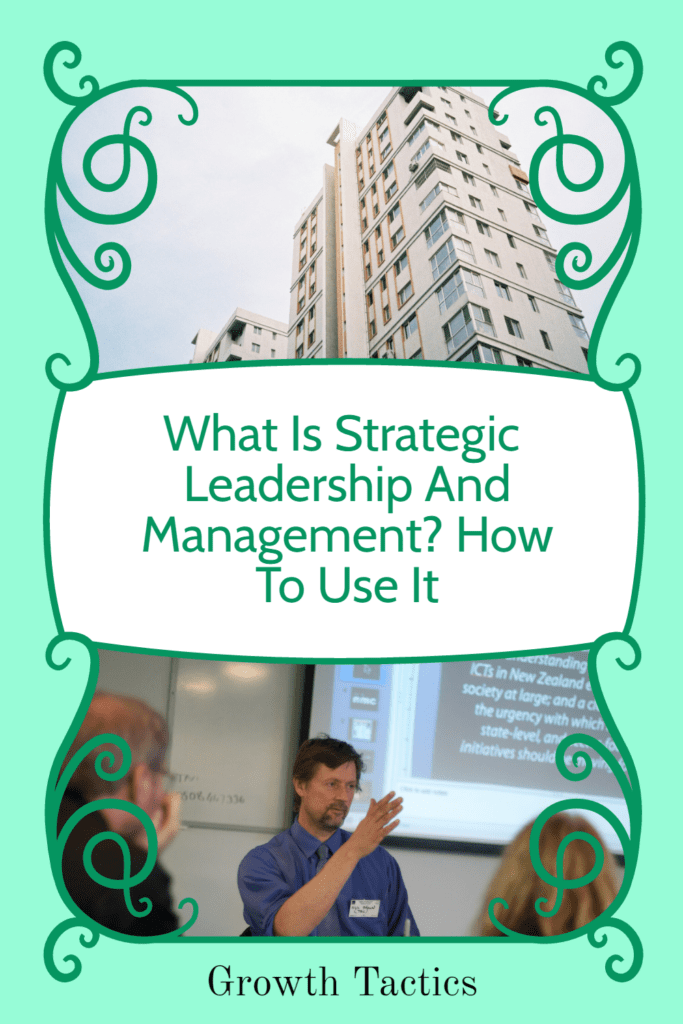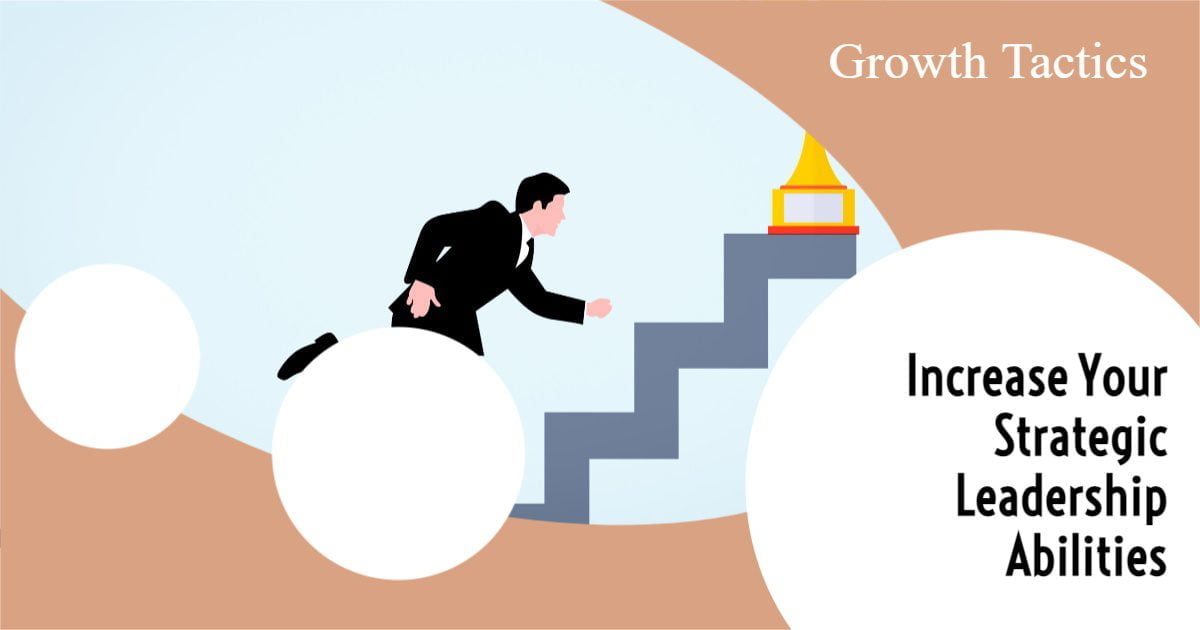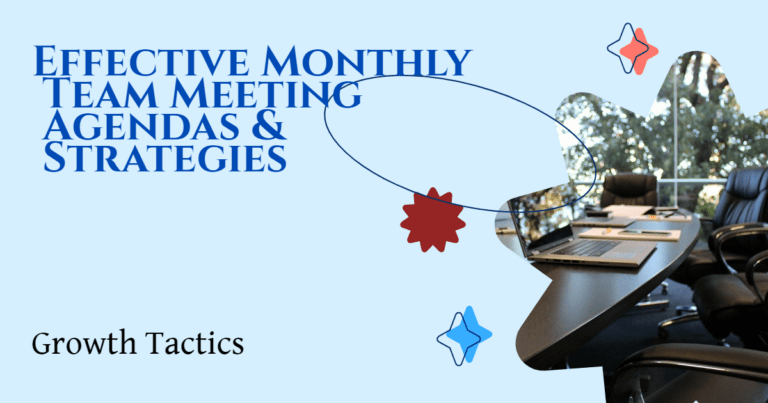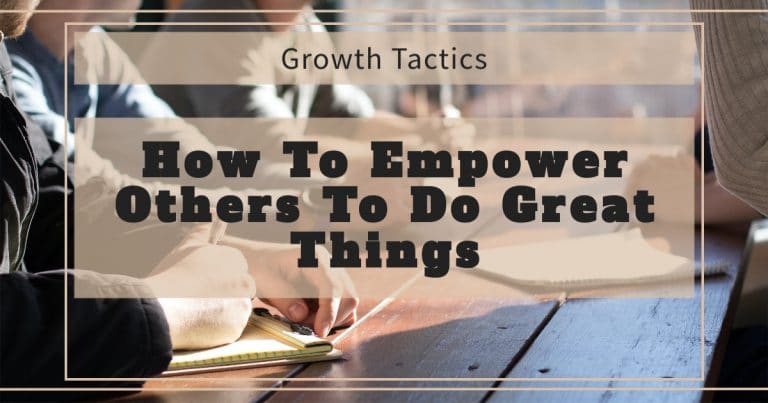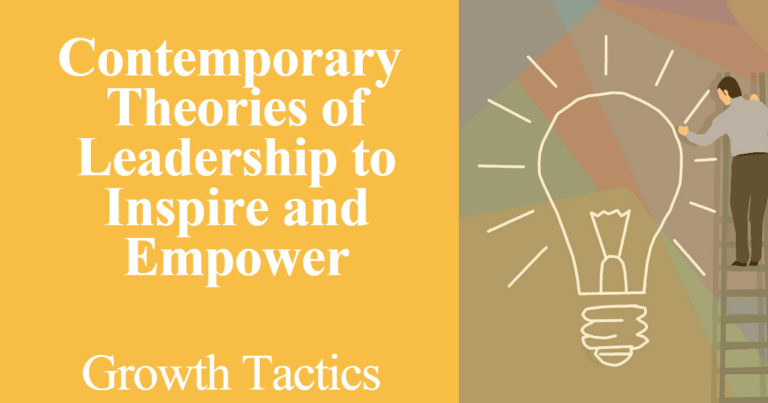There are two main types of leadership: tactical and strategic. Both are important, and you probably use them without even realizing it.
Tactical leadership is all about the day-to-day stuff. It’s how you guide your family or your coworkers through everyday challenges. Think about how you help your kids with homework or support your team at work. That’s tactical leadership in action.
Strategic leadership is different. It’s about looking ahead and planning for the future. Imagine you’re captaining a ship. You need to chart a course, figure out what supplies you’ll need, and make sure your crew has the right skills. That’s strategic leadership.
Both types of leadership matter. They help you make a difference in your own unique way. What kind of leader are you? How do you use these skills in your life? Remember, good leadership starts with understanding yourself and your purpose.

Jump To Section
The Importance of an Effective Strategy
Strategic planning and good leadership go hand in hand. Most companies have annual strategic planning sessions to determine where they will be in one year, three years, five years, or even 10 years. These plans outline the company’s vision and mission, as well as its objectives and strategies for achieving them.
Strategic planning is crucial because it’s the first step toward achieving anything of significant value. Without a plan, an organization can’t move forward effectively . . . and without clear direction from top management, employees will find it difficult to accomplish their goals.
Strategy has four components: Mission, Objectives, Strategies, and Tasks (MOST). These terms are used interchangeably today and many view them as one and the same. If you have ever been involved in strategic planning with your organization then chances are you know that they are all very distinct yet they do overlap and intertwine with one another.
Strategic Leadership Characteristics
The crucial element of leadership is the ability to understand, accept, and take charge of change. Your cognitive skills are important for assessing these opportunities, devising solutions, and communicating them effectively.
With an understanding of what effective leadership is you can then build your leadership style to suit the circumstances. Good communication skills will help you motivate and influence people in a positive manner, while your persistence and determination will underpin your actions.
The Relationship Between Strategic Leadership and Emotional Intelligence Quotient (EQ)

Leaders do more than just make the tough decisions. They also have the ability to connect with people and inspire them to go above and beyond what is expected.
What is the relationship between strategic thinking and a person’s emotional intelligence quotient (EQ)? For years, researchers have been studying leadership traits such as intelligence, personality, and skills.
These characteristics are important, but they can’t replace the importance of another set of traits that are critical in today’s business world: emotional intelligence (EQ). Emotional intelligence is one of the important strategic leadership skills.
Emotional intelligence is the ability to identify, assess, and control emotions while leading and motivating others. EQ is said to be a more accurate predictor of job performance than IQ or technical skill.
It represents one’s ability to use emotions to facilitate thought instead of letting feelings get in the way. Leaders must possess strategic thinking, but they also must be able to effectively manage their own emotions as well as those of their staff members.
Most experts agree that there is a strong relationship between strategic thinking and emotional intelligence (EI). In fact, Dr. Travis Bradberry, co-founder of TalentSmart and author of Emotional Intelligence 2.0: Why It Can Matter More Than IQ, argues that the two are “inseparable.”
“In order to be good at strategy, you must have emotional intelligence,” he says. “If you’re not skilled at reading people, you’ll never be able to predict human behavior well enough to come up with an effective strategy.”
Bradberry explains that strategic thinking involves considering multiple variables simultaneously and then acting upon those variables. This process is governed by one’s emotional intelligence.
“Great strategists aren’t any smarter than the rest of us,” he says. “They simply recognize the role emotions play in decision-making and act accordingly.”
Stop Being Reactive and Be Proactive
There’s a huge difference in the effectiveness of proactive leaders vs. those who are reactive. Reactive leaders are always responding to problems, fires, and obstacles as they emerge.
Alternatively, proactive leaders spend time thinking and planning ahead. They set goals and objectives, create strategies to achieve those goals, and then work to achieve them.
Tons of research has been done on this topic and the data is overwhelming. It shows that people who are proactive at work enjoy more job satisfaction, better relationships with coworkers, and higher performance ratings. They’re also more likely to get promoted.
So what’s the difference between a reactive leader and an action-oriented pro? It comes down to three things: mindset, motivation, and action.
Mindset: A reactive leader thinks, “I can’t control what happens to me.” A proactive leader thinks, “I can control what I do about it.” Motivation: A reactive leader thinks, “I have to do this because my boss told me so.”
A proactive leader thinks, “I want to do this because it helps the business.” Action: A reactive leader thinks about doing something but doesn’t actually do it. A proactive leader takes action.
The more you can shift into being proactive rather than reactive, the more effective you will be as a leader. Being proactive has these advantages:
- You get more done because you’re not constantly chasing new problems.
- You look like a leader because you’re the one telling other people what to do.
- Your team is able to look at their job with a long-term perspective rather than only focusing on today’s tasks.
- It’s easier for everyone when there’s less chaos to react to.
- There’s more time for strategic thinking rather than constantly putting out fires.
- You can tackle big problems sooner because you see them coming before they happen.
- You don’t waste time on small problems that aren’t worth your attention.
Encourage an Environment of Growth

It’s in your nature to go above and beyond for the people in your life. To be there for them when they need it most. To encourage and uplift them. That’s what makes you a good leader…and why people are drawn to good leaders like magnets!
When people are inspired, they have the ability to do incredible things! Your thoughts have the power to create life-changing results in the lives of others…if you let them!
You can choose to change the way you think about situations in your life…to focus on what’s right instead of what you perceive as wrong…on what brings you joy instead of sadness…on what sets your soul on fire instead of putting it out!
The choice is ultimately up to you, but keep this in mind: The more positive energy you put out into the universe, the more positive energy will come back into your life.
Tips for Strong Strategic Leadership and Management
- Develop a clear vision: Clearly articulate your organization’s vision, mission, and long-term goals. This provides a sense of direction and purpose for your team, ensuring that everyone is working towards the same objectives.
- Embrace adaptability: Be prepared to adapt to changing circumstances and new information. Strategic leaders must be flexible and willing to revise strategies and plans when necessary to achieve success.
- Foster innovation: Encourage a culture of innovation and continuous improvement. Promote creative thinking, collaboration, and experimentation within your team to drive growth and stay ahead of the competition.
- Make data-driven decisions: Utilize relevant data and analytics to inform your decision-making process. This ensures that your strategies are grounded in facts and helps minimize risk.
- Effective communication: Clearly communicate your strategic vision and goals to your team. This ensures that everyone is on the same page and working together towards a common goal.
- Empower your team: Delegate responsibilities, provide resources, and support your team members in their development. Empowering your team enables them to take ownership of their work, leading to increased motivation and productivity.
- Build strong relationships: Develop and maintain strong relationships with stakeholders, both within and outside of your organization. This helps to build trust, facilitate collaboration, and create a supportive environment for strategic initiatives.
- Lead by example: Demonstrate the values and behaviors you expect from your team. Act with integrity, be transparent in your decision-making process and show a commitment to your organization’s vision and goals.
- Focus on long-term goals: While short-term objectives are important, strategic leaders must also prioritize long-term planning and growth. Ensure that your decisions and actions align with your organization’s long-term vision and objectives.
- Continually develop your leadership skills: Invest in your own personal and professional development as a leader. Stay informed about industry trends, seek feedback from your team, and participate in leadership training or coaching to refine your skills and stay at the forefront of strategic leadership.
Conclusion
What is strategic leadership? Strategic leadership is a process. It’s simple to understand, but most often difficult to perfect and implement. Strategic Leadership can be difficult to master, but it’s one of the most important skills managers should possess.
The best strategy leaders are constantly assessing, adapting, and redefining their roles as leaders. If you are interested in bettering yourself, and your team and becoming a better leader overall, these tips for developing your Strategic Leadership will definitely help you get there.
Did you find this article on what is strategic leadership useful? Share using the buttons below.
